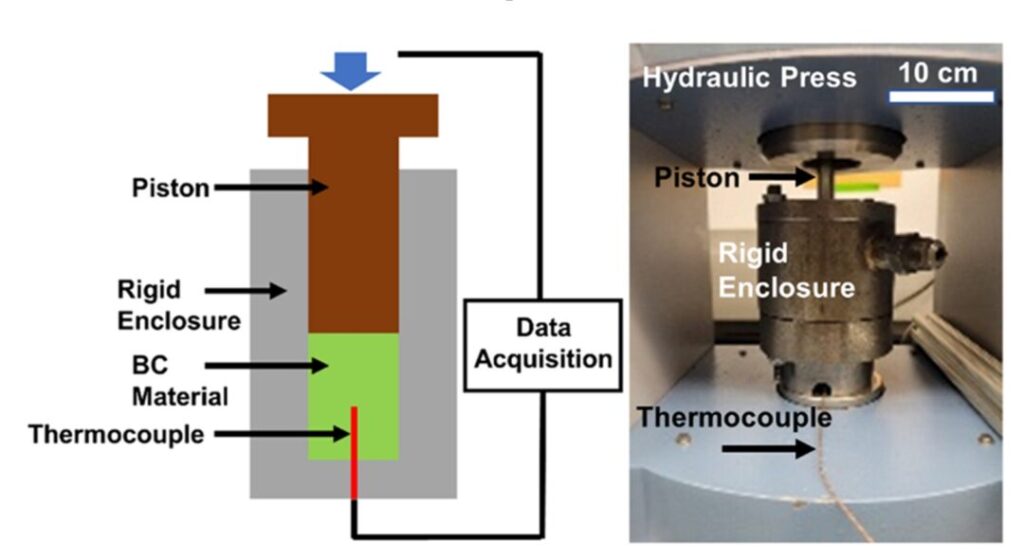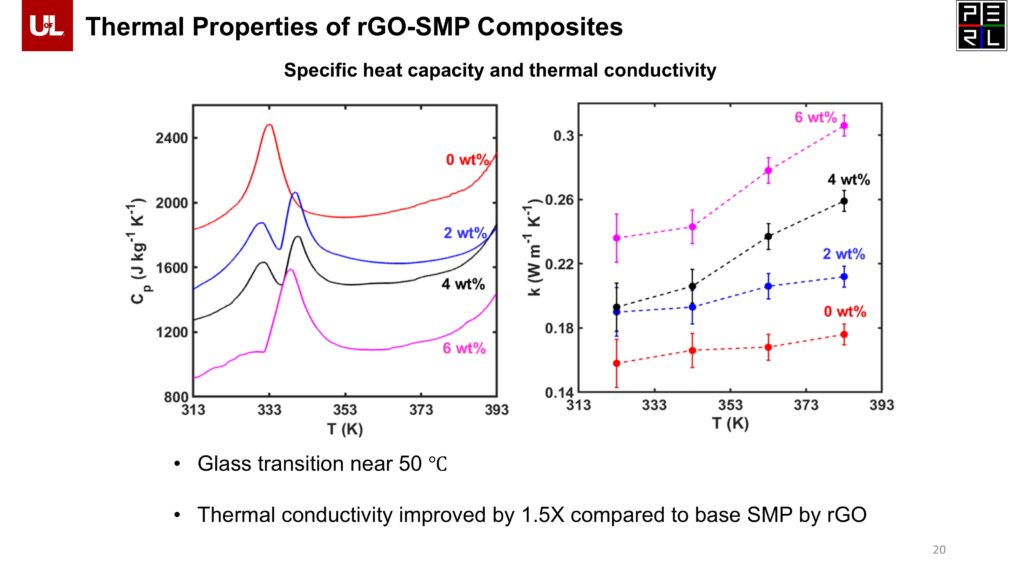I possess strong expertise in advanced material characterization, developed through extensive research during my doctoral studies at the University of Louisville. My capabilities span a broad range of techniques, including differential scanning calorimetry (DSC), thermogravimetric analysis (TGA), X-ray diffraction (XRD), ultraviolet-visible (UV-Vis) spectroscopy, and pressure-volume-temperature (PVT) rheological testing.
While I have experience across these general techniques, I have developed specialized expertise in PVT rheological testing, which was a central focus throughout my PhD research. For a deeper understanding of my work in this area, please refer to the dedicated section I have provided.
Design of Customized Experimental Test Setups
Beyond standard techniques, I specialize in designing and developing customized experimental setups tailored for specific design of experiments. This skill has been instrumental in enabling novel investigations that conventional systems cannot accommodate.
One of my most recent contributions is the development of a unique experimental apparatus—designed in collaboration with my team—to measure the temperature response of a solid-state refrigerant under ultra-high hydrostatic pressure. This one-of-a-kind system, currently exclusive to our research group in the North American region, enables standalone testing by directly applying extreme pressure to the sample and capturing temperature changes using a high-pressure thermocouple. This innovative setup has opened new possibilities for studying barocaloric effects and other pressure-sensitive thermal phenomena with high precision and reliability.

The figure above presents a snapshot of the customized experimental setup developed in our laboratory for investigating the thermal behavior of solid-state refrigerants under ultra-high hydrostatic pressure. This system was specifically designed to support our research in barocaloric materials and is capable of directly measuring temperature changes using a high-pressure thermocouple during pressurization. Further technical details and experimental results can be found in our publication: Weerasekera et al., “Barocaloric Properties of Thermoplastic Elastomers,” Frontiers in Energy Research, 2022.

